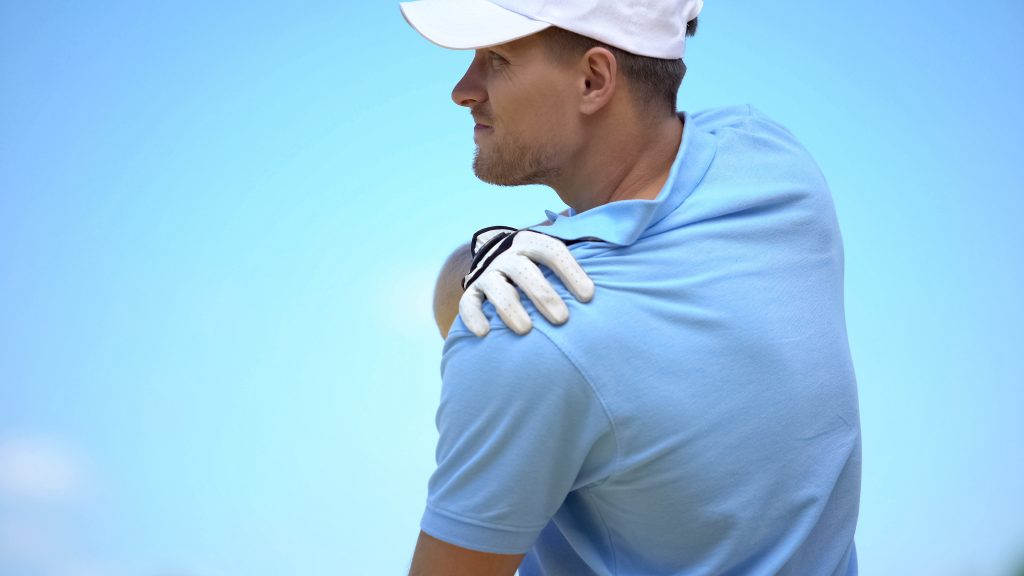In this post we discuss why your muscular system is the key to achieving your goal.

Let me start by asking you a question, what’s your goal?
What are you trying to achieve with your exercise programme?
Or put another way, what do you want to be able to do that you can’t now?
What came up for you?
Did something instantly spring to mind?
Good. Let’s focus on that for a second.
Picture yourself performing the activity without the limitations you might currently be experiencing.
Whatever you thought of, the function of your muscular system is the most important factor in helping you achieve it.
Skeptical? Have questions? Good.
Let’s go through a couple of recent client stories to help me explain.
First up is Piers
Piers is a keen golfer who co founded Clippd, a golf performance business.
He was suffering from neck and back pain that had been exacerbated by working from home during the COVID lockdowns.
Despite seeing various physiotherapists and taking regular massage, things seemed to be getting worse rather than better.
Naturally all Piers could think about was reducing his discomfort. He also wanted to improve his performance on the golf course however.
Those two goals are not mutually exclusive. In fact they are intimately related. Both involve the function of the muscular system.
When we’re in pain we understandably look for quick solutions. Medication, chiropractic adjustments, or steroid injections to name but a few.
In and of themselves none of these treatments will provide a lasting solution.
The limitations in the muscular system that led to the issue will remain until addressed directly.
So this is what we focused on.
Piers had some obvious limitations around his shoulders but these proved too reactive to work on initially.
So we looked further afield to his trunk and hips. Focussing on these areas alone began to reduce his symptoms. This then enabled us to start carefully training the muscles of his shoulders.
Piers can now sit in front of his computer without debilitating pain in his neck and shoulders. Additionally he’s improved his range of movement in the golf swing and feels less sore after a round.
A win win.
Next up Lorenza
An Italian lady with a penchant for the law and playing drums. Idiosyncratic to say the least. Superb.
Unfortunately for Lorenza she’d been told she may require a total knee replacement at some stage in the future.
Interestingly however her trainer, who kindly referred her to me, said her knees had largely been pain free up until the last few months.
She felt that Lorenza would benefit from some resistance training on machines that she didn’t currently have access to. I agreed.
Once the cartilage of a joint has been damaged, that damage is permanent. So we can’t change the status of a joint.
What we can change however is the function of the muscular system. And if you plan on moving around, that’s a big deal.
I was encouraged by the fact Lorenza had only recently begun to feel pain. Could her knee have changed that markedly in the space of a few weeks? I doubted it.
This proved to be the case. After some careful resistance training Lorenza’s pain started to reduce. She found she could do more of the things she enjoyed without suffering painful episodes.
Remember a scan would’ve shown exactly the same joint. The only thing we had changed was the function of Lorenza’s muscles.
Summary
Convinced?
Perhaps not but what I’ve hopefully conveyed is the remarkable impact improving your muscular system can have on your situation.
Whether that’s delaying joint replacement surgery, hitting longer drives on the golf course, or something in between. Focus on your muscles as a priority.